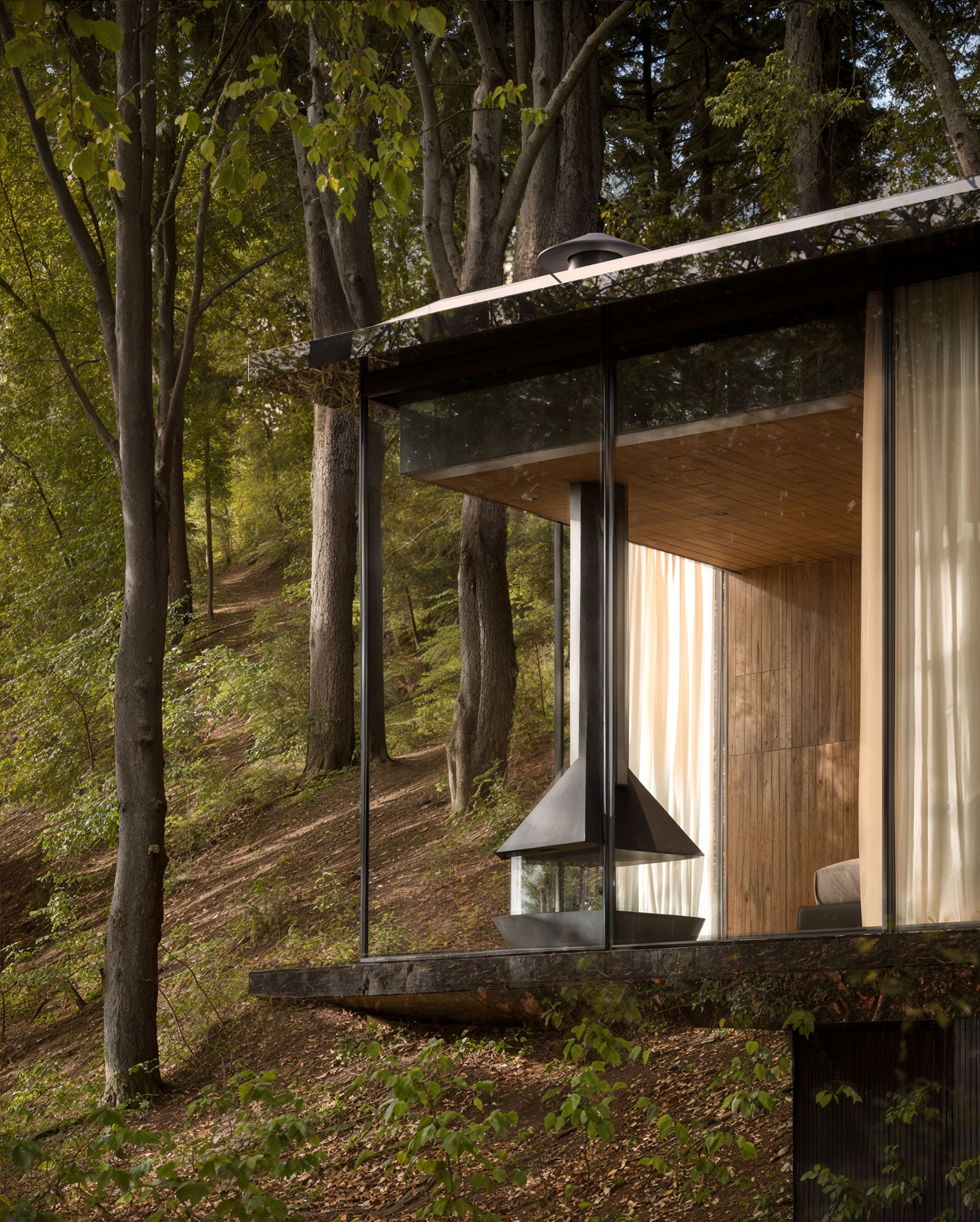
Selling Dreams, Not Spaces
By Ren Tan | 2024-12-07 | Repost : 8
Introduction: The Hard Truth About Client Disappointment
We’ve all heard it: “We like it, but... it’s not what we imagined.”
Here’s the hard truth: if your client can’t see their dream in your design, it’s because your vision isn’t clear.
Too often, architects present projects that fail to spark excitement. The designs are pragmatic, yes, but they lack the emotional story that makes clients say, “This is it.”
The problem? You’re showing them a building, not a dream.
In this article, we’ll explore how to transform your presentations from forgettable to unforgettable by selling experiences, not just spaces.
1. Stop Selling Spaces, Sell Experiences
Your client doesn’t care about floor plans or material specs. They care about how the space will feel.
- Will it be cozy?
- Will it feel luxurious?
- Will it inspire them every day?
These are the questions that matter.
Why It Works:
Clients don’t buy buildings; they buy emotions. When you focus on the experience, you tap into their aspirations and desires.
How to Do It:
- Use storytelling to describe how the space will enhance their lifestyle.
- Highlight unique features that evoke emotion, like a sunlit reading nook or a grand entrance that makes a statement.
- Show them how the design aligns with their values—whether it’s sustainability, luxury, or functionality.
2. Make Your Renders Irresistible
Realistic, immersive visuals are non-negotiable. If your renders are flat, unrealistic, or confusing, you’re losing your client’s attention before they even step into the space.
Why It Works:
Hyper-realistic renders allow clients to visualize themselves in the space. They’re not just looking at a design; they’re experiencing it.
How to Do It:
- Lighting: Use natural light to create warmth and depth.
- Textures: Show the grain of wood, the sheen of marble, and the softness of fabrics.
- Context: Place the design in its environment—show the bustling cityscape outside the window or the serene garden just beyond the patio.
By making your renders irresistible, you’re not just presenting a design—you’re inviting your client into their future.
3. Tell a Story
If your client can’t see themselves in your vision, you haven’t done your job.
Why It Works:
Stories create emotional connections. They help clients imagine their lives in the space, from morning coffee in the kitchen to hosting friends in the living room.
How to Do It:
- Start with the Client: What are their goals, dreams, and pain points? Tailor your story to their needs.
- Use Visual Narratives: Show a sequence of images that take the client on a journey through the space.
- Incorporate Real-Life Scenarios: Highlight how the design solves their problems or enhances their lifestyle.
4. The Power of Immersive Technology
In today’s world, static renders and 2D plans aren’t enough. Clients want to experience the design before it’s built.
Why It Works:
Immersive technologies like Virtual Reality (VR) and Augmented Reality (AR) allow clients to walk through the space, interact with elements, and truly feel the design.
How to Do It:
- VR Tours: Let clients explore the space in 360 degrees, from every angle.
- AR Overlays: Show how furniture and decor will look in their actual environment.
- Real-Time Rendering: Make changes on the fly and show clients the impact immediately.
Conclusion: Make Your Designs Unforgettable
The difference between a good architect and a great one is the ability to sell dreams, not just spaces.
When you focus on experiences, irresistible visuals, and compelling storytelling, you create designs that resonate deeply with your clients.
But here’s the secret: you don’t have to do it alone.
At Pixel Plays, we specialize in creating hyper-realistic renders and immersive experiences that bring your designs to life. Let us help you turn your vision into a dream your clients can’t resist.
Discover how you can stay ahead of the competition.